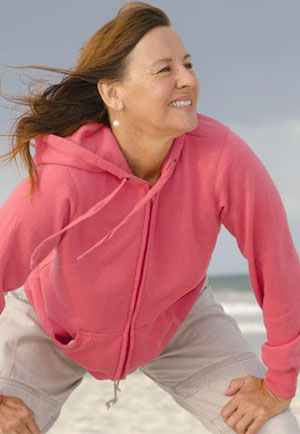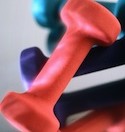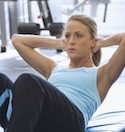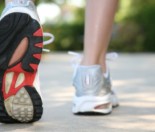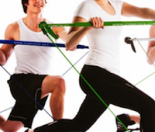During menopause there are lots of changes that happen within the body. Many body systems are affected as one hormonal surge create deficiencies in another. The body constantly adapts to maintain hormonal balance. Keeping fit in menopause can be a challenging task!
However, it really is an interesting time inside the body. Women during this age are generally around 40-60. There are many symptoms women can be feeling at this time these range from hot flushes, to mood changes. The physical effects of declining oestrogen are not always realised until we are post-menopausal.
In this article, I talk about some changes to the body during menopause and how exercise can help as our oestrogen supplies diminish.
Muscular endurance, strength, balance and bone density can be altered due to the decreasing amount of collagen and oestrogen.
The way we eat and the amount of cardiovascular exercise we do also has a huge impact at this time. Oestrogen stops being produced from the ovaries, the body adapts by laying down some more fat cell around the abdomen. Fat cells have some oestrogen.
Extra fat around the abdomen puts us at risk of heart disease and cancers, high blood pressure and diabetes.
These effects aren’t always noticed overnight but if the correct exercise is not undertaken and lifestyle changes implemented then we are putting ourselves up for a whole myriad of health issues as we age.
Types of exercise that can help around the time of menopause include:
Weight training:
- This will increase your bone density. This is Important as it will help reduce your chances of getting osteoporosis and fractures that are hard to recover from, as you age.
- Improves your muscular strength.
- Improves your metabolism and helps you lose weight.
Examples of weight training activities are: body weight bearing exercises, walking hills, stairs, hiking, strength training, sports such as golf, tennis* and netball*.
Balance and flexibility:
If we can balance well and maintain flexibility and strength then we can reduce the likelihood of falls occurring as we age. These activities below will also help with building bone and muscle strength:
- Dancing
- Tai chi
- Yoga and Pilates
Cardiovascular fitness:
Any sport or activity that gets your heart rate up will improve your cardiovascular fitness. The benefits of this are huge not just to your physical health but to your mental and emotional health too.
Pelvic floor exercises:
Making sure you do your pelvic floor exercises every day. This is important as hormonal changes mean that muscles and tissues around the vagina become thinner and are not as strong. We need to keep strengthening this area to prevent urine leakage and prolapse occurring.
Please see this link about Pelvic floor exercises: http://www.pelvicfloorfirst.org.au/pages/pelvic-floor-muscle-exercises-for-women.html
(*) Please note: It is important to note that during menopause all exercise undertaken needs to be pelvic floor safe. There are many exercises that can strain your pelvic floor. A list of exercises you can do that are safe on the pelvic floor are listed here: http://www.continence.org.nz/user_files/Fitness_Professionals_Booklet_WEB.pdf
There you go, hopefully that has increased your awareness of the need to keep on exercising during menopause and beyond. The effects of not exercising become noticed as we get older. This is why we need to continue to keep active for as long as we can.


